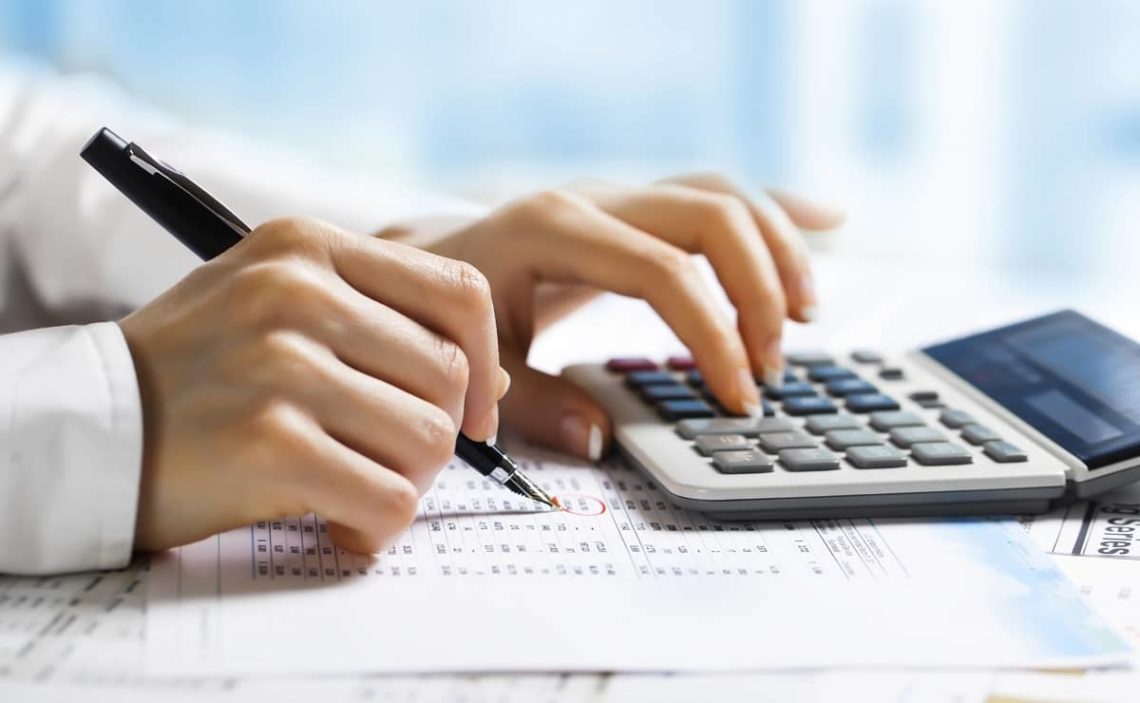By calculating total assets, small business owners can determine if they can pay debts. It is also a financial calculation to determine the company’s economic health.
All of a company’s assets that can convert to cash are known with the proper formula. Most business owners and companies plan to convert assets to currency in a financial year.
The formula for calculating total assets
To know total assets, one must add current and non-current assets together; the results must equal the sum of stockholders’ equity and total liabilities combined. So, the formula is: Total assets = Non-current assets + Current assets.
Current assets are those you expect to convert into cash within the financial year, and non-current purchases are those that a company owns beyond the financial year. Furthermore, non-current assets are difficult to convert into cash.
Procedure to calculate your total assets
To have the correct data, you first need to list all your assets; you must write down all the financially valuable resources of the company. We recommend you to start with the help that can be easily converted, the money you are owed, and the existing inventory.
Then point out the value of fixed assets, such as buildings or machinery; these are the ones that are difficult to convert into cash. Moreover, add the value of any long-term investments you have in the form of bonds or stocks.
The last will be the value of intangible assets, for example, the company’s reputation. In a small company, the list is not so extensive; your common assets are:
- Money
- Accounts receivable (money owed)
- Customer deposits
- Office furniture and equipment
- Cell phones
- Computer hardware and software
- Tools, machinery, and equipment
- Vehicles
- Real estate (buildings, etc.)
- Lease agreements and money spent to improve leased space
- Inventory
- Investments maturing in less than 90 days (i.e., stocks, U.S. Treasury bills, bonds, mutual funds)
- Insurance spread
- Intellectual property (i.e., know-how)
- Brand value (recognition)
- Company reputation
- Copyright
- Trademarks
- Patents
- franchises
- License agreements
- Domain name
- Employment contracts
- Customer lists
- Customer relationships
You can add or remove any if you don’t have that asset, but you must put them all in to get real results for your total assets.
You need to make a balance sheet
To better view your company’s current assets, you can do a balance sheet, which is a method to know your assets, liabilities, and equity. It is a building block to doing the actual calculation and is easy to do in Excel.
Use the accounting formula for total assets
If you have an accounting program in your company, this step is faster and more accurate; in accounting, a formula is usually used to know the total assets and understand the company’s financial health.
It is also used when you have a result of your total assets, and you want to verify that they are adequate. The formula is Total Liabilities + Equity = Total Assets. If the result is equal in both equations, you have the correct total.
Why should you know your total assets?
Having a list of all your assets helps you to verify which ones you can turn into cash in a short time and which ones you can’t; that is essential within a company for its economy. In addition, to obtain loans, many banks or financial institutions ask you for this data to know the company’s valuation.
The more assets you have and the fewer liabilities you show, the more valuable your company is. In conclusion, these are essential data in all businesses to keep a good organization of your finances and know if what you have acquired will bring benefits or if it is time to change the strategy.


